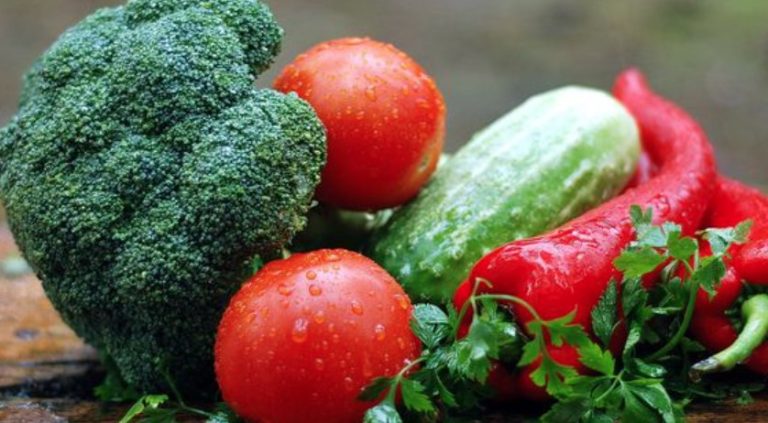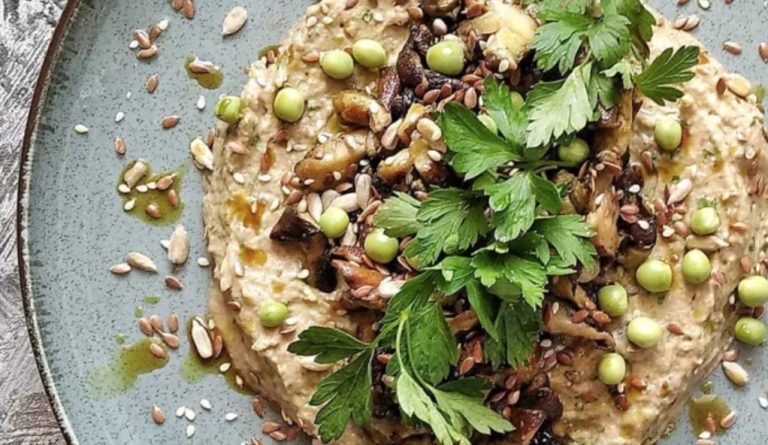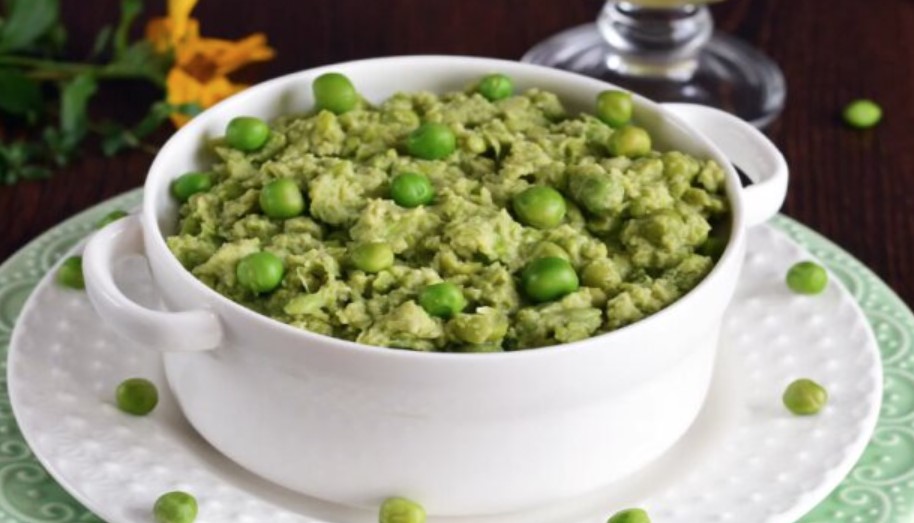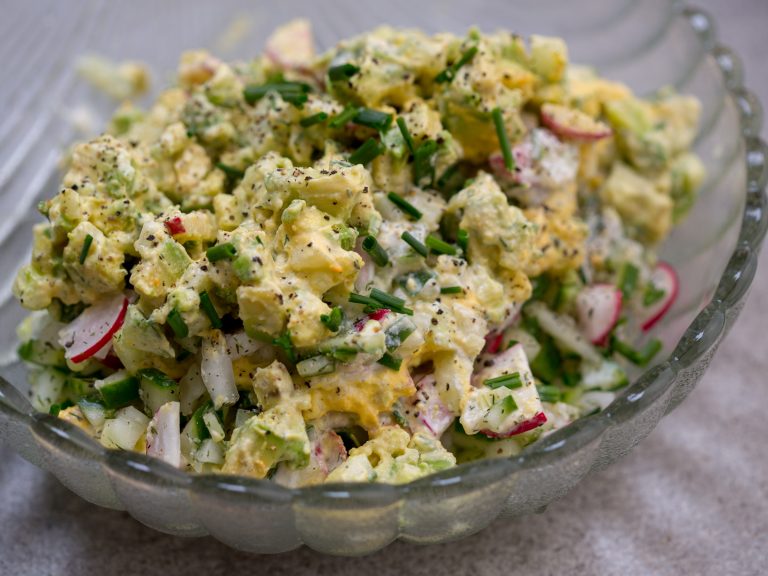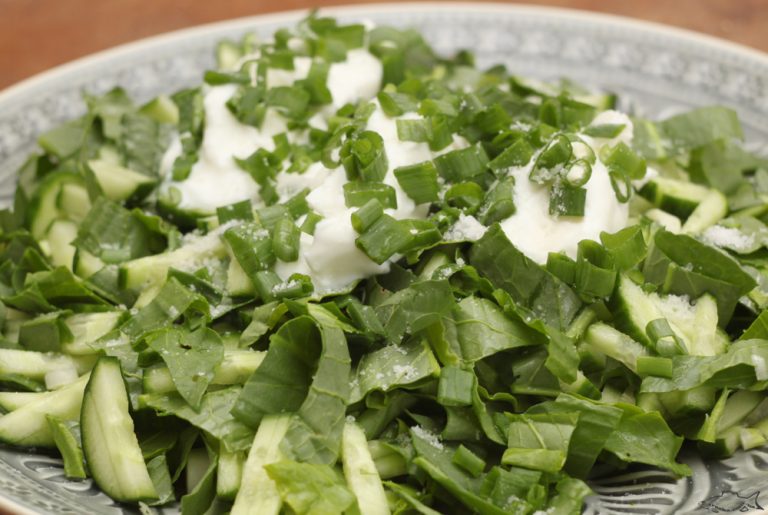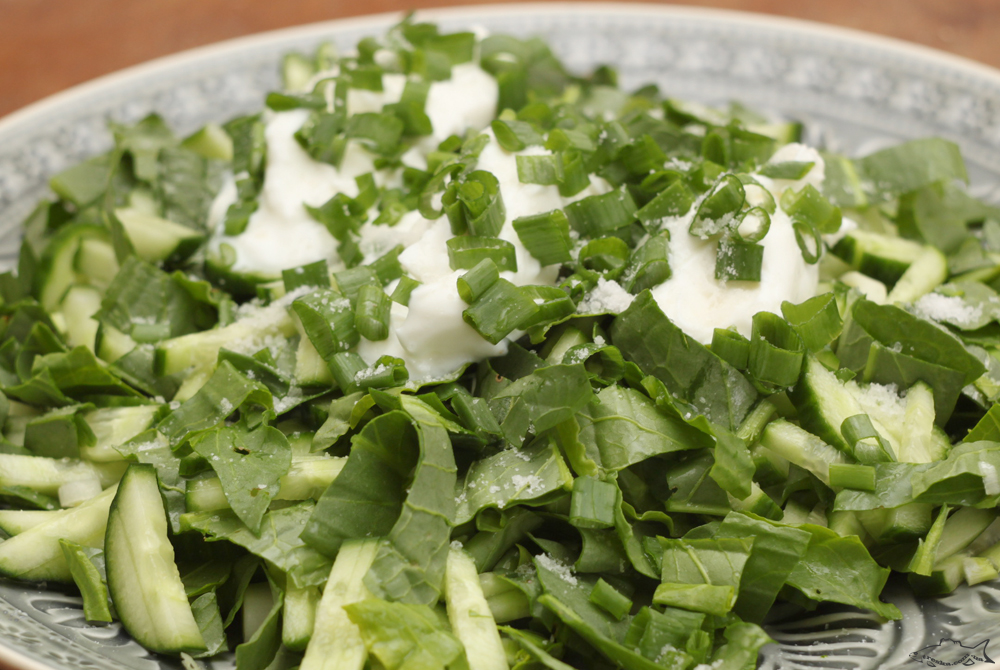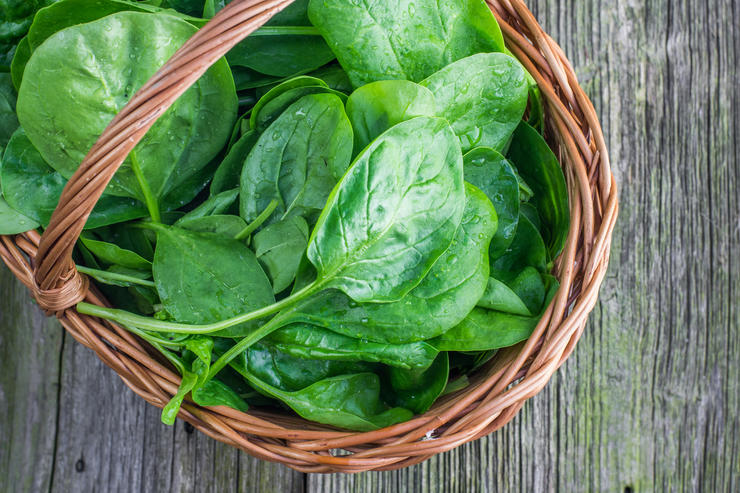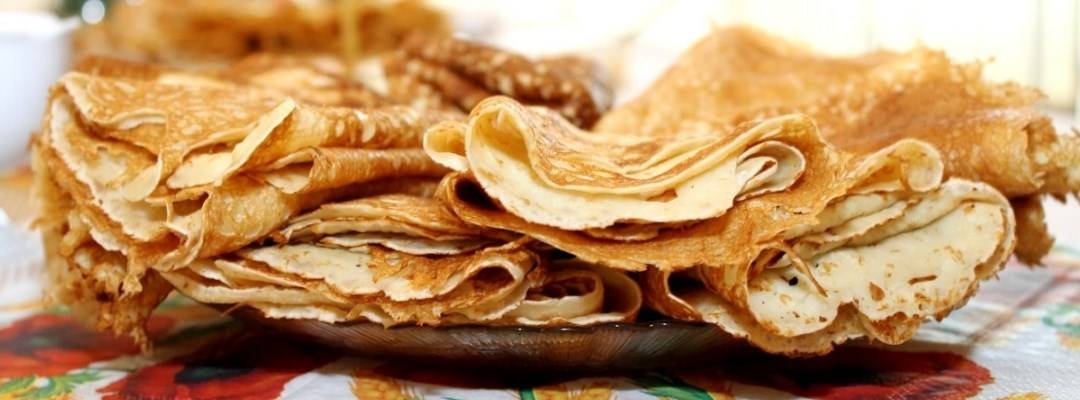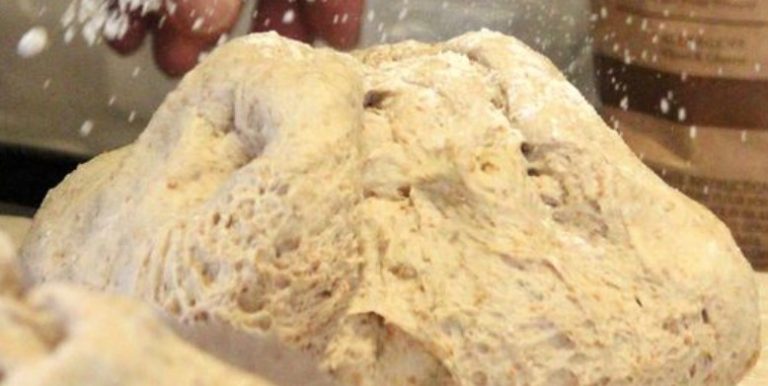Preparing biryani vegan is not difficult: You simply add some vegetables to the Asian rice stir-fry. We will introduce you to a biryani recipe and explain what you should pay attention to.
Biryani is a rice dish that comes from Asia. The dish is particularly popular in India, Bangladesh and Pakistan. The word “biryani” comes from Persian and means something like “fried”. The rice stir-fry is often prepared with meat, but you can make biryani vegan by adding your choice of vegetables, nuts or tofu to the rice.
We recommend looking for organic quality when buying the ingredients. This is how you avoid chemical-synthetic pesticides. Rice often comes from Southeast Asia and uses a lot of water to grow. Then there are the long transport routes to Europe. Rice that was grown in Europe (e.g. in Italy) is therefore ecologically more advisable. If you do use rice from countries further away, we recommend looking out for the fair trade seal. In this way you guarantee that manufacturers have observed human and labor rights during the production process and the long delivery routes.
Vegan Biryani: Recipe for the rice dish
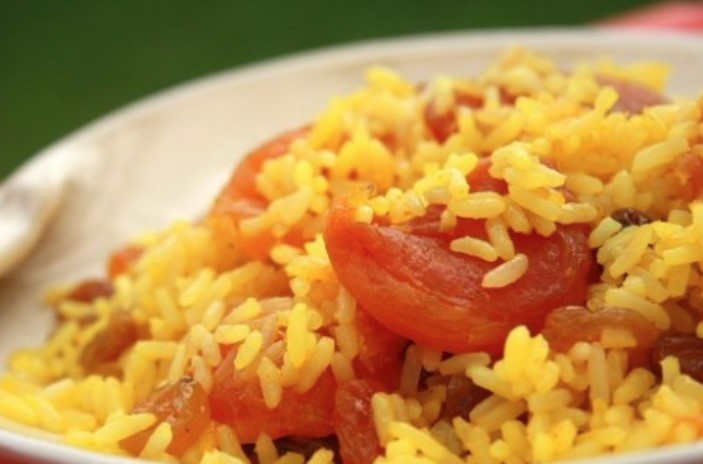
Ingredients:
300 ml water
200 g basmati rice
1 tsp salt
1.5 tsp curry spice
1 tsp pepper
1 tsp paprika spice (sweet)
1carrot
1Zucchini
1 piece ginger (thumb size)
1 clove(s) garlic
1red onion
2 tablespoons oil
50 g cashew nuts
Directions:
Start cooking the rice. Put it in a pot with the water. Add salt and the spices. Let it gently simmer for five to ten minutes. It shouldn’t be raw anymore, but it shouldn’t be fully cooked either.
While the rice is cooking, you can grate the carrot and cut the zucchini into pieces.
Place the vegetables in a bowl and pour boiling water over them. Let it steep for five minutes. This will lightly pre-cook the carrot and zucchini so that the vegetables are not fried raw. Then drain the water again.
Now cut the ginger and garlic into small pieces as well. Then place the pieces in a mortar and grind them into a paste. This unfolds even more flavors. Tip: If you don’t have a mortar at home, you can also chop the ginger and garlic very small with a knife and press into a paste with the bottom of a spoon.
Gradually add the vegetables and finally the half-cooked rice.
Biryani with peanut sauce
As a dip for biryani, you can stir together a quick peanut sauce. The nutty taste goes very well with the dish. You need the following for this:
2 teaspoons fresh ginger, finely grated
1 garlic clove, finely chopped
65 g peanut butter without additives
2 tbsp sesame oil
2 tbsp soy sauce
1 tbsp rice vinegar
1 tsp maple syrup (alternatively rice syrup or date syrup)
Juice of half a lime
1 pinch cayenne pepper or chilli powder
2 teaspoons water, as needed
First chop the ginger and garlic. Then mix all the ingredients together and stir them into a smooth sauce. You can garnish the sauce with peanuts or fresh herbs.
Soy sauce also goes well with the rice dish. You can simply pour it over the rice on the plate.
Possible variations for the Biryani
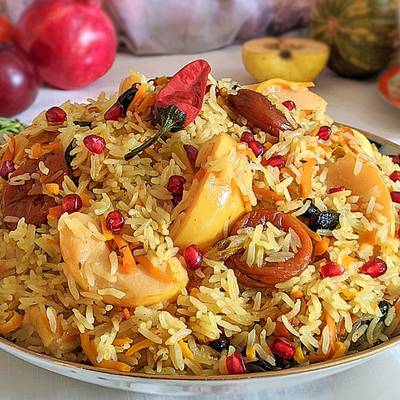
You can not only prepare the rice pan with zucchini and carrots, but also with other types of vegetables. Well suited are, for example, broccoli, peppers or mushrooms. It is best to buy seasonal vegetables that do not come from overseas but grow regionally or within Germany. This protects the climate and reduces CO2 emissions. Our seasonal calendar can help you with that.
In Asia, biryani is often prepared with meat. As a vegan alternative, you can use smoked tofu, for example. Cut the tofu into cubes and fry it in a pan or bake it in the oven at 200 degrees Celsius with top and bottom heat until crispy. Later you can sprinkle it on top of your biryani as a topping.
You can also replace the cashew nuts with other nuts. Peanuts, almonds or walnuts go just as well in biryani. Many nut varieties cannot be grown in Europe and are therefore imported from Africa, among other places. There they are sometimes grown under poor, inhumane working conditions. In order not to support this, you should look for a Fairtrade seal when buying the nuts.

